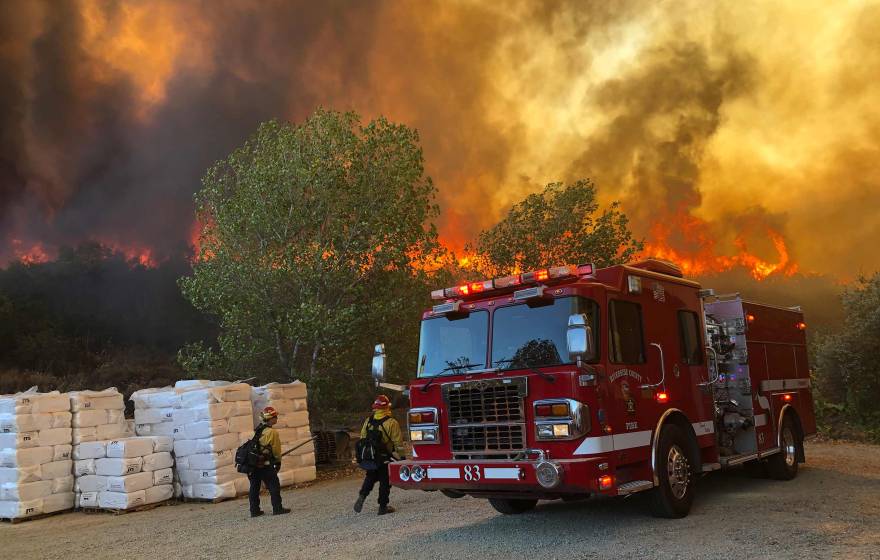UC San Diego |
Surf’s up in San Diego, thanks to alumni-led startup
Surfing in San Diego just got a whole lot easier, thanks to a team of UC San Diego alumni bringing app-based, accessible board rental right where it’s needed.
UC San Diego |
Why are prescription drugs so expensive? It’s not necessarily high R&D, new study shows
Pharmaceutical companies claim they need to charge high drug prices to recover the costs of research and development, but researchers found no link between the two.
UC Santa Barbara |
A $60M gift to heal the oceans
Marc and Lynne Benioff gift the university $60 million to support ocean science research and solutions — one of the largest known gifts anywhere to support ocean research.
UC San Diego, UC Irvine |
UC San Diego, UC Irvine and others seek to map the human brain over a lifetime
The new Center for Multiomic Human Brain Cell Atlas will seek to describe in unprecedented detail the molecular features of the brain’s billions of cells, where each is located and how they change with age.
UC San Diego |
Father’s life is saved after receiving heart, kidney and liver transplant
The triple organ transplant is the first in the nation to use three organs from a donor after circulatory death using an innovative approach for organ recovery.
UC Office of the President |
UC claims top spots in U.S. News & World Report’s 2023 Best Colleges rankings
Six University of California campuses are among the top 10 public universities in America, according to U.S. News & World Report’s 2023 Best Colleges rankings, released today (Sept. 12). For the third straight year in a row, the magazine also placed all nine of UC’s undergraduate campuses on its coveted list of the top 100 public and private universities across the country.
UC San Diego |
Physical activity may have a stronger role than genes in longevity
Can you extend your lifespan by exercise, no matter what your genetics say?
UC Newsroom |
Heat waves aren’t going away. Here’s how we can prepare
How UC is addressing “the greatest environmental and equity challenge facing California today.”
UC San Diego |
More evidence that California weather is trending toward extremes
Patterns associated with wildfires increasing in frequency; those linked to “normal” rainfall decreasing.
UC San Diego |
Biological age, not birthdate, may reveal healthy longevity
What if we had a way to measure how fast we were aging that could predict our odds of living a long and healthy life?
UC San Diego |
Black households suffer the most from rising inflation rates
New research is the first to provide race-specific data on the impacts of inflation.
UC Newsroom |
University leaders present ambitious plan to help thousands more Californians earn a degree
UC leaders today (July 21) presented a plan to increase enrollment by 23,000 students over the next eight years.










